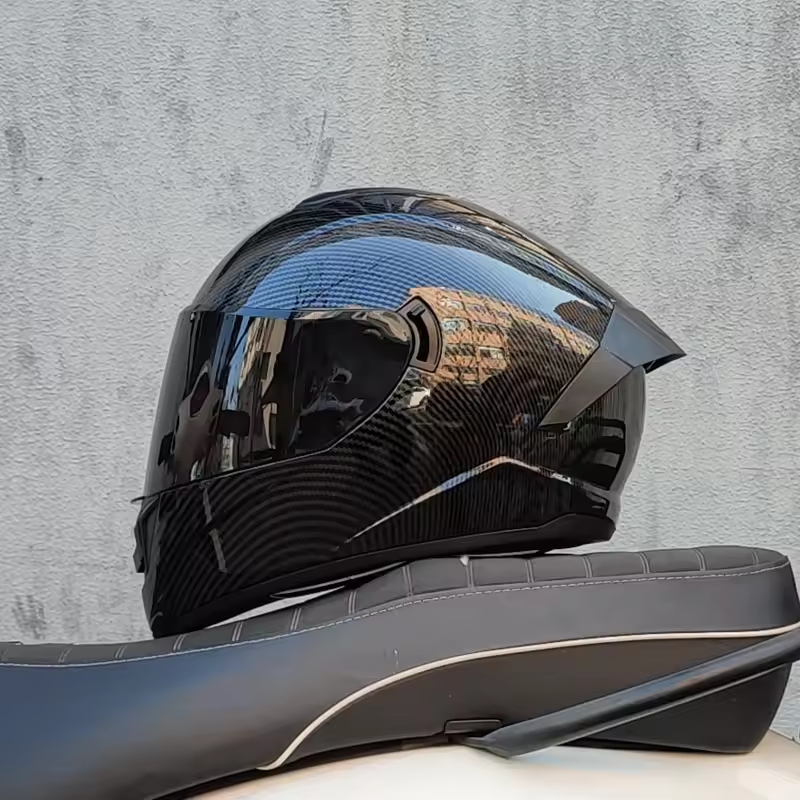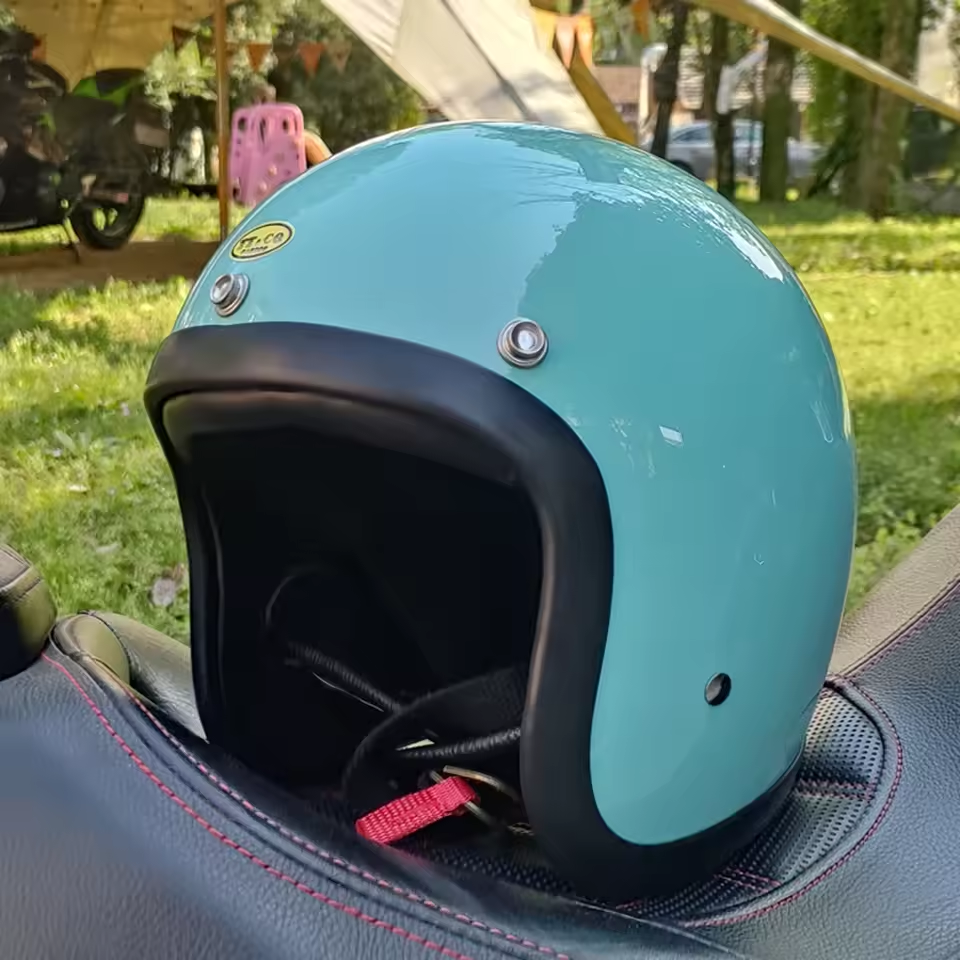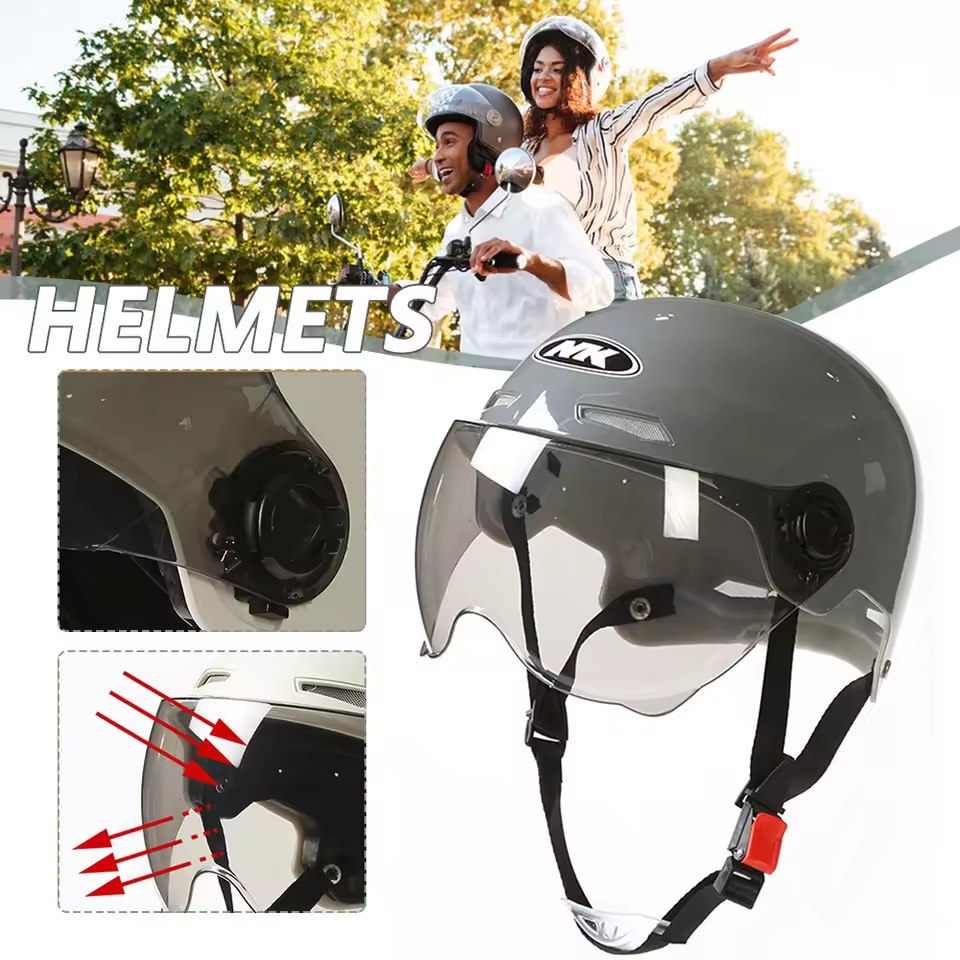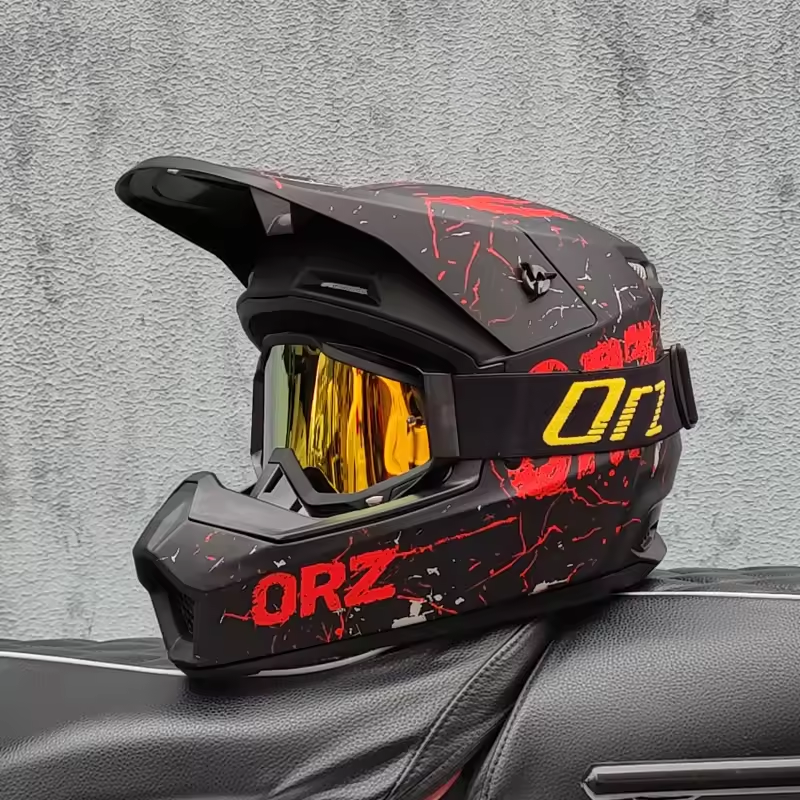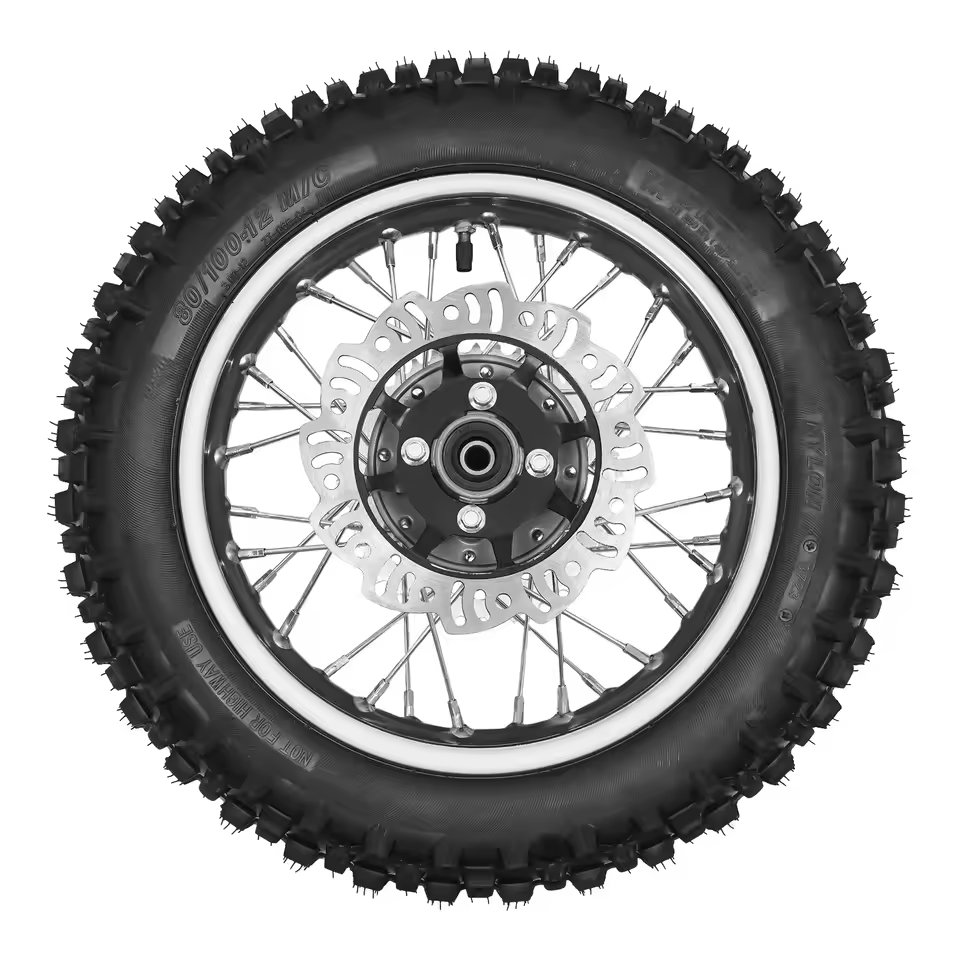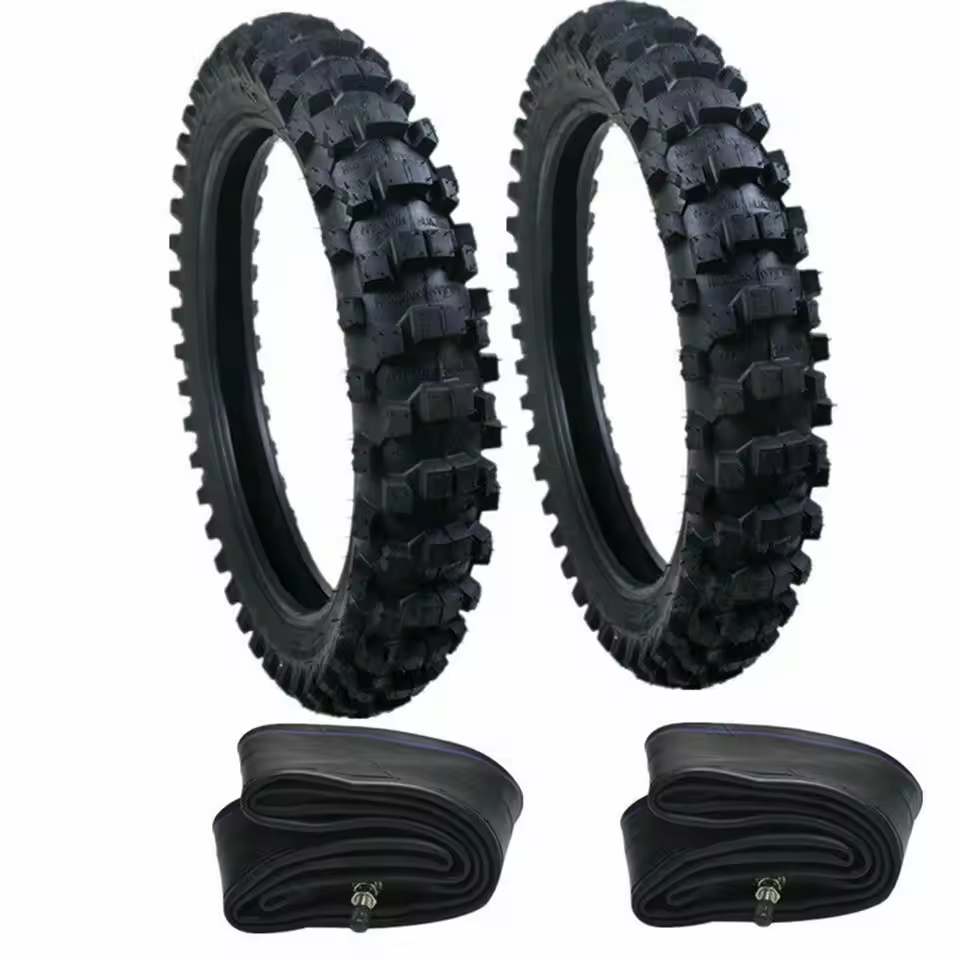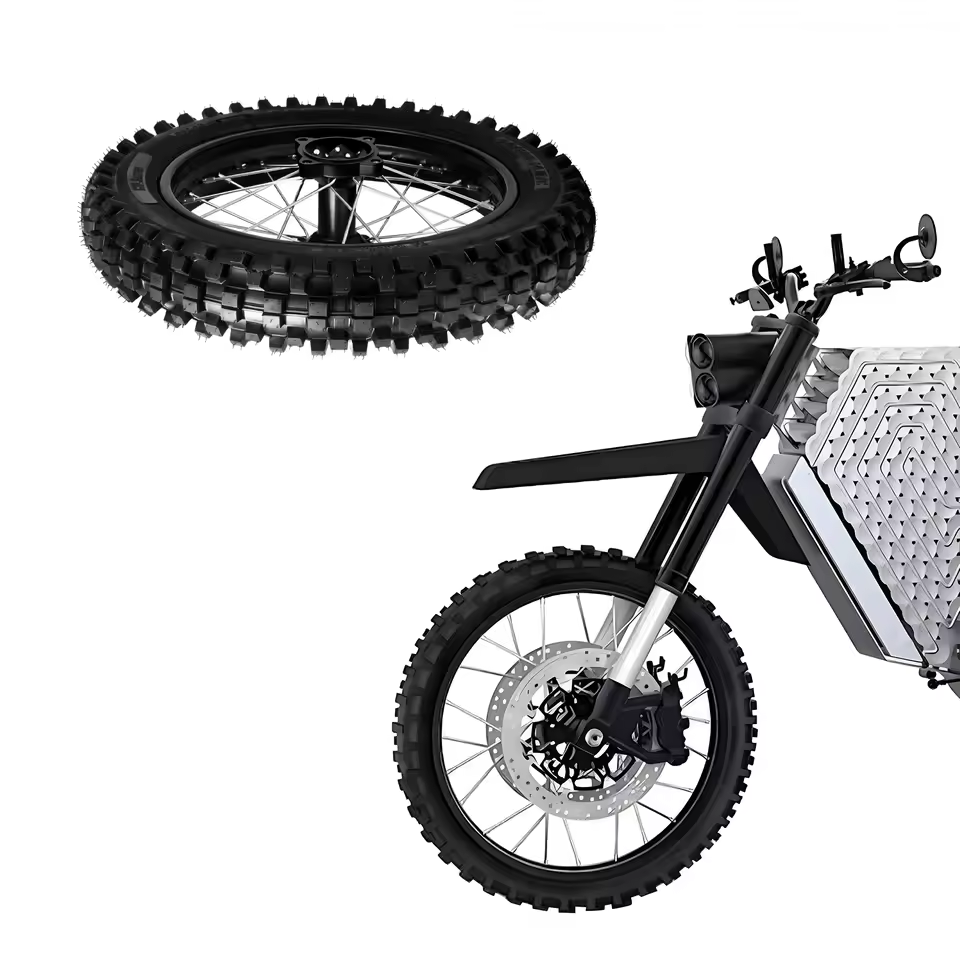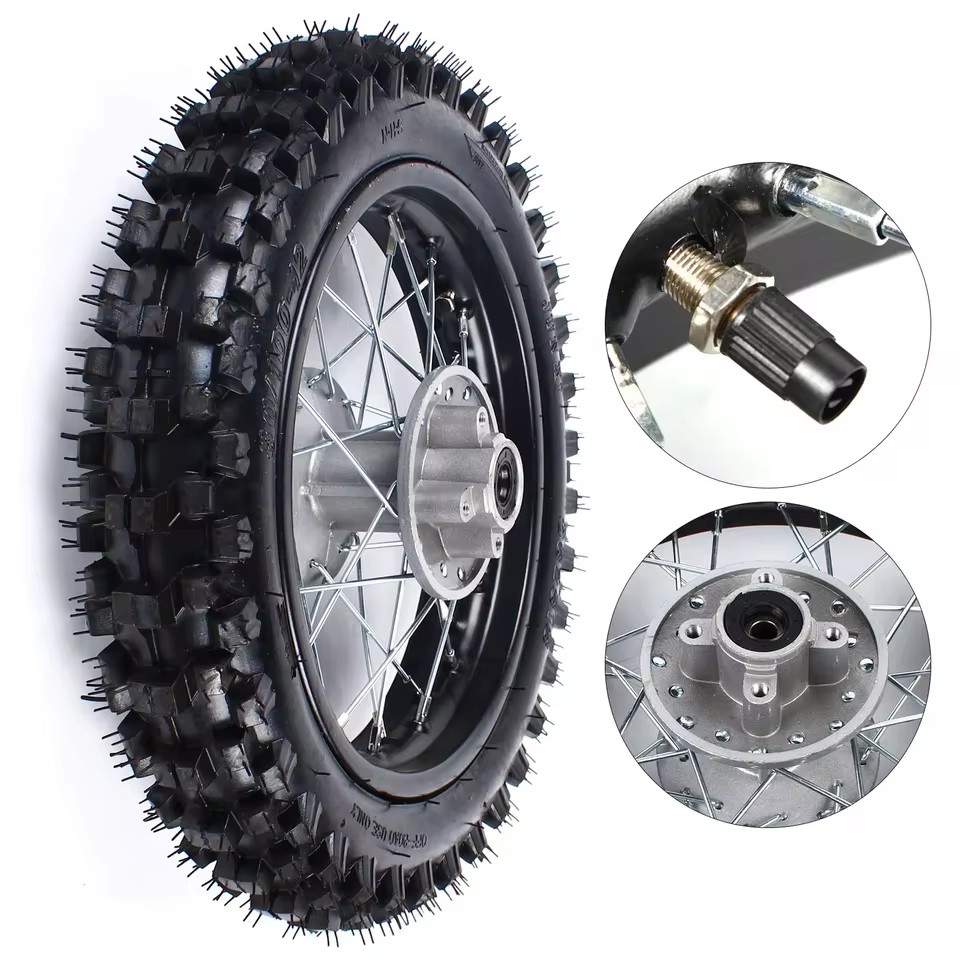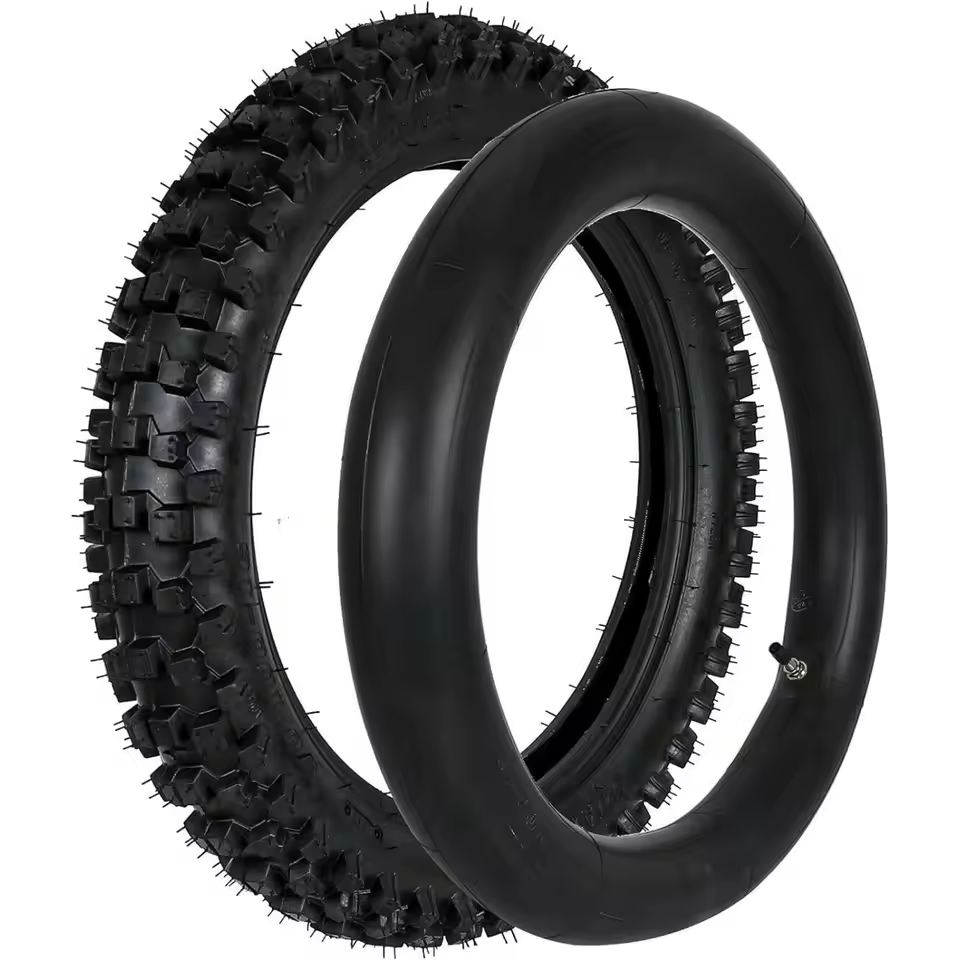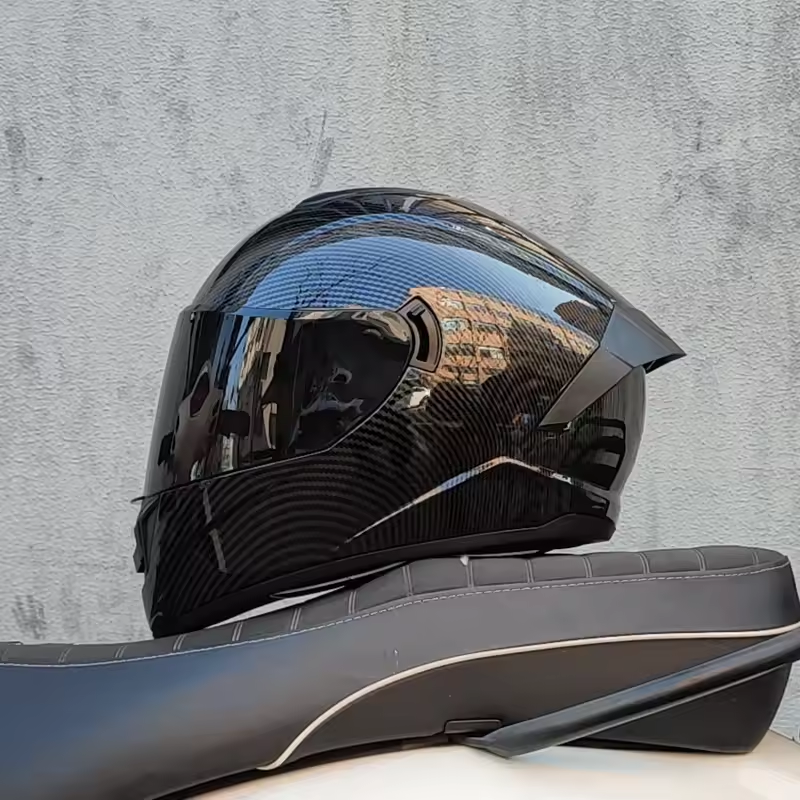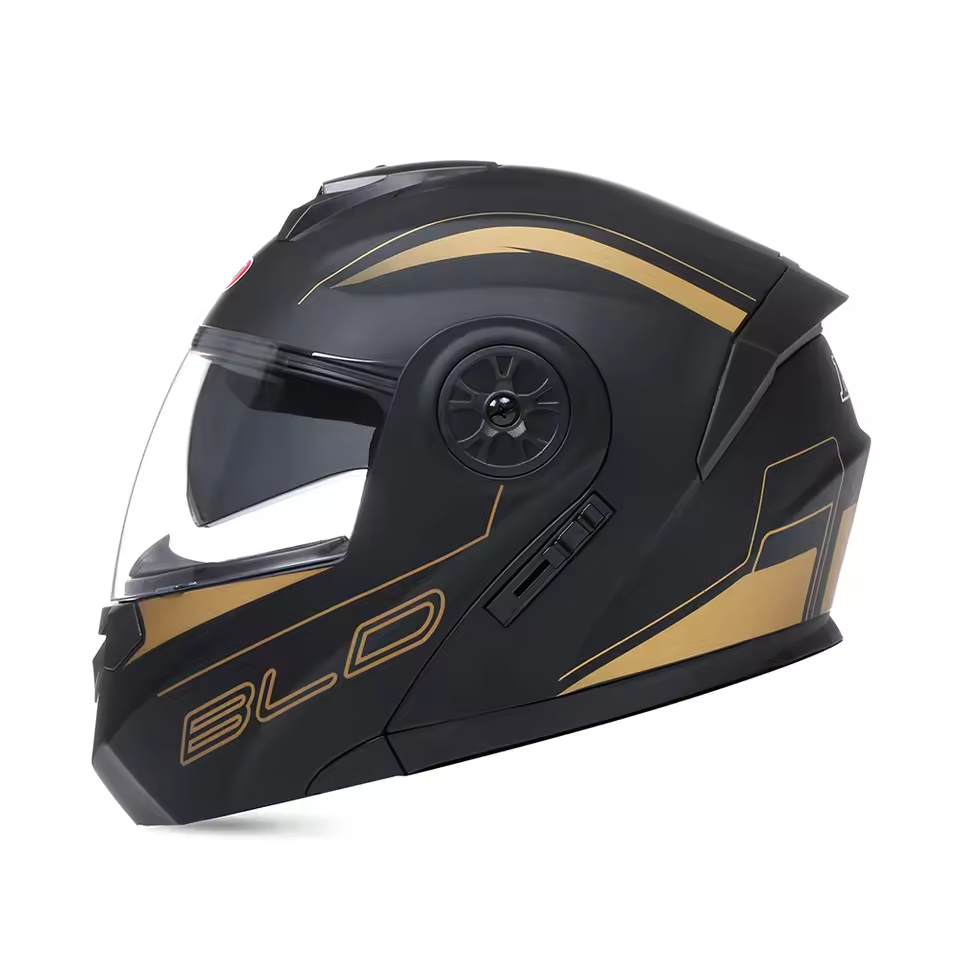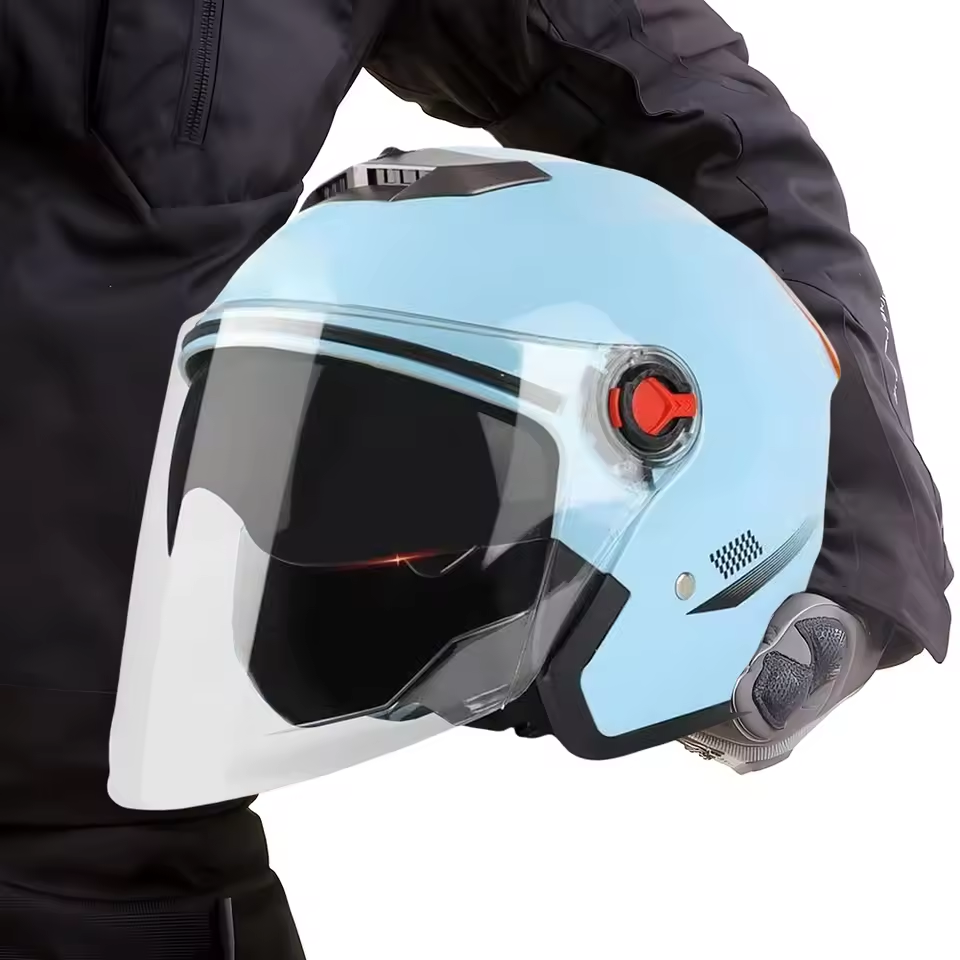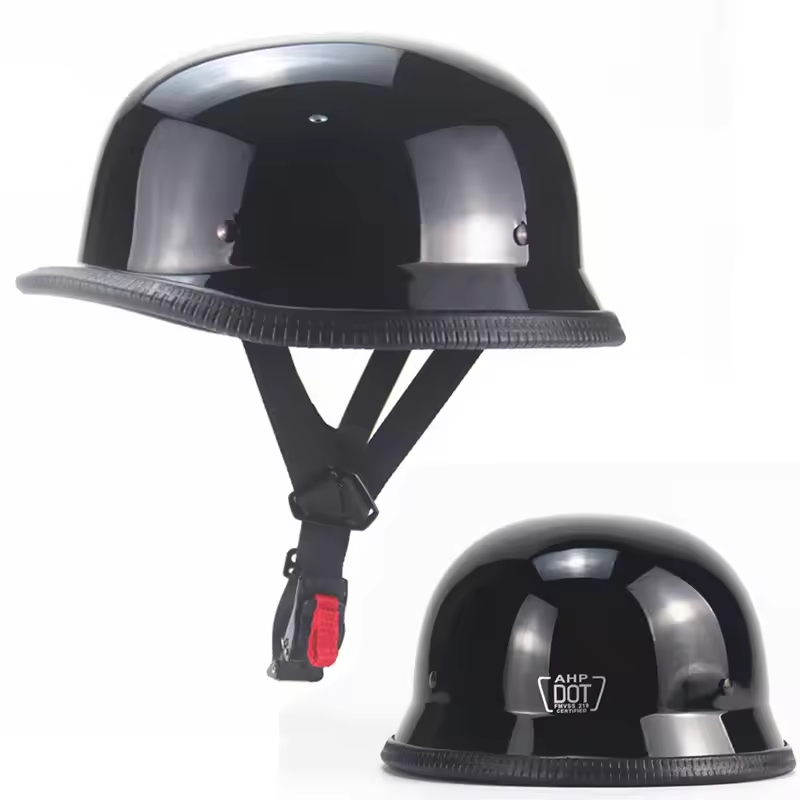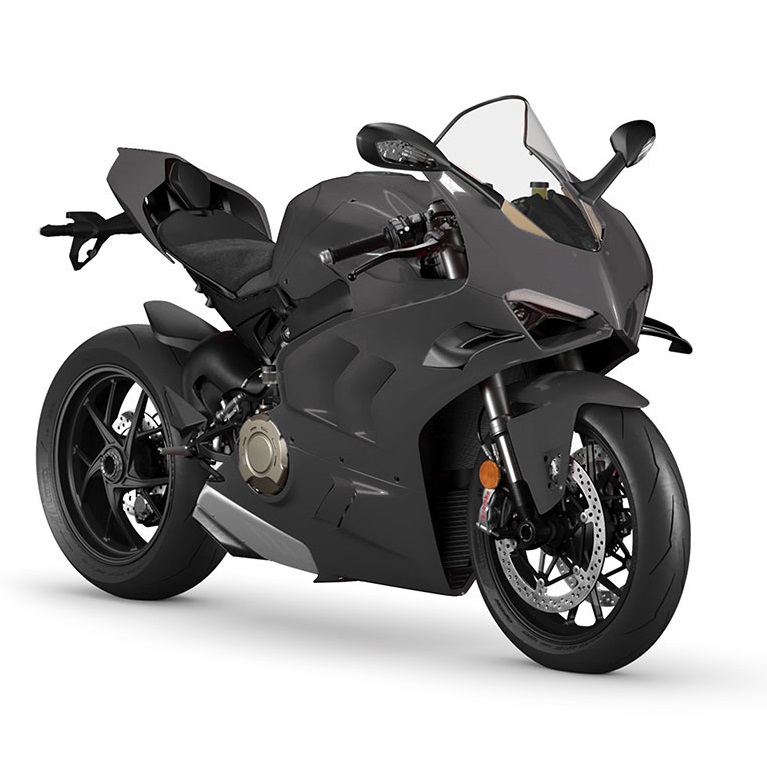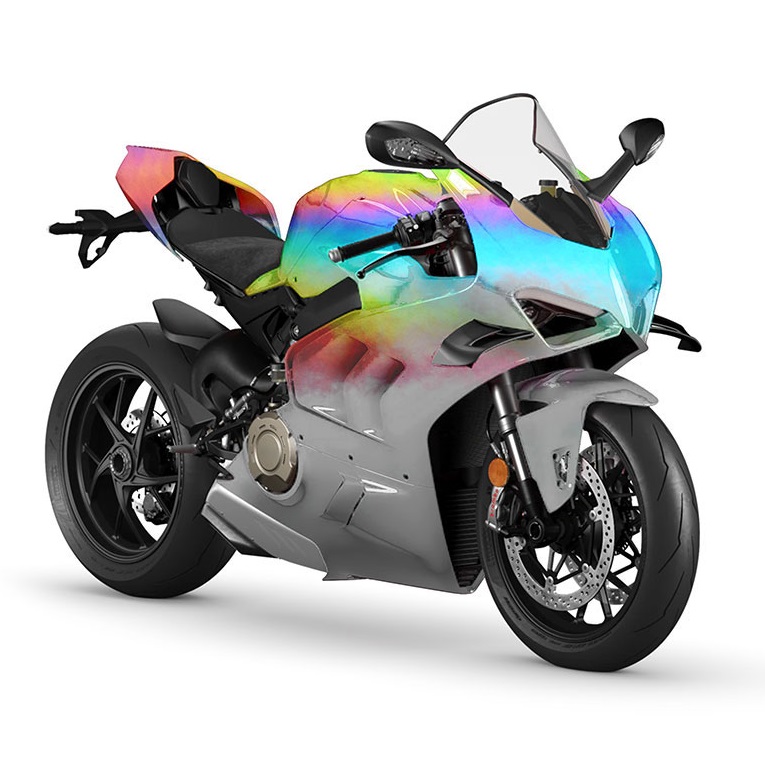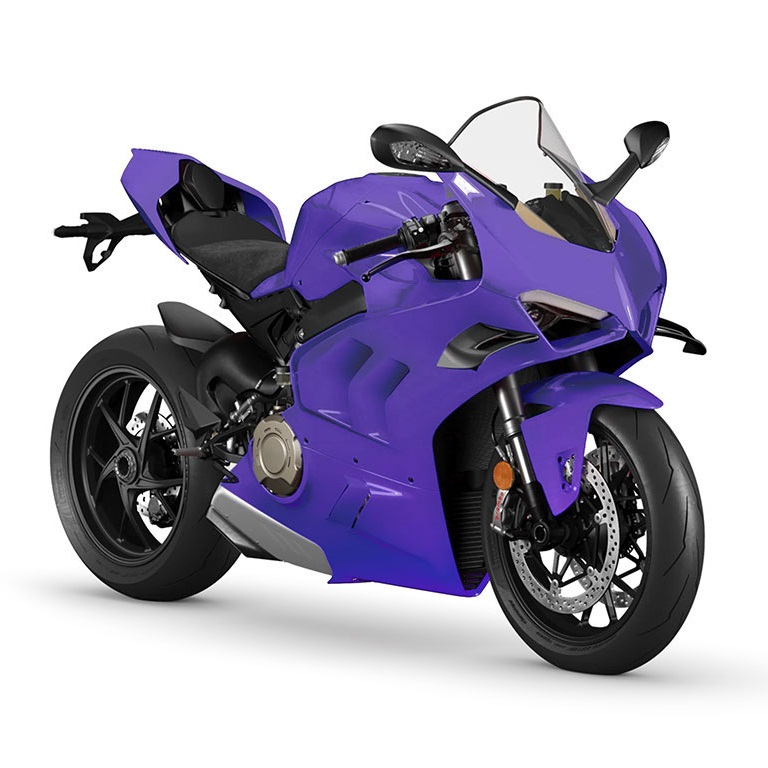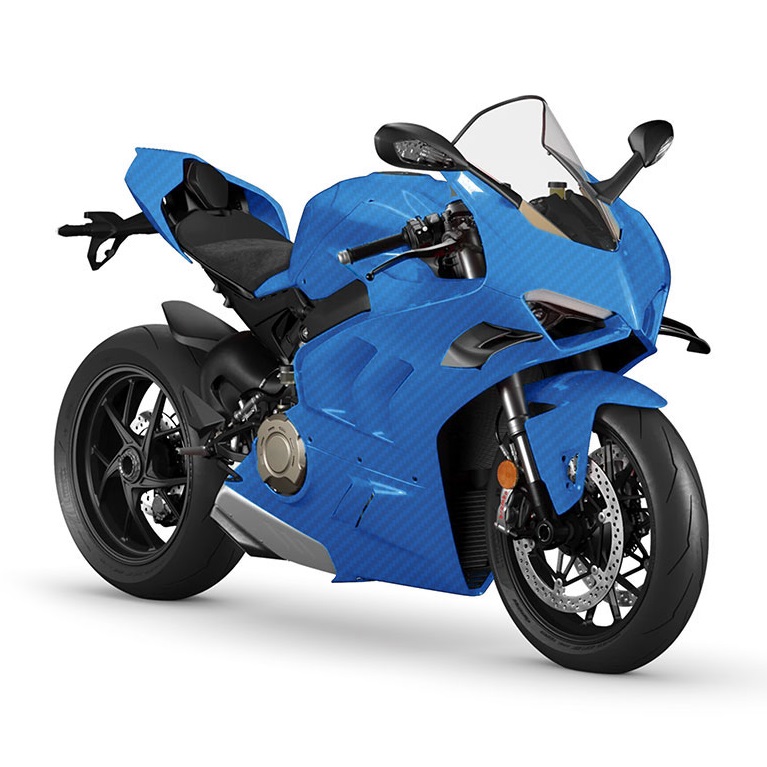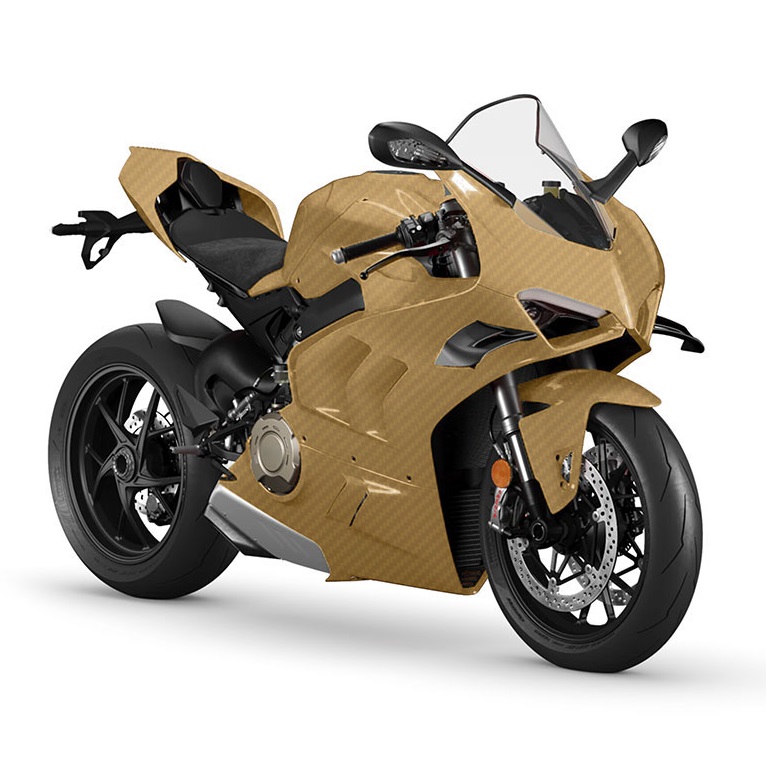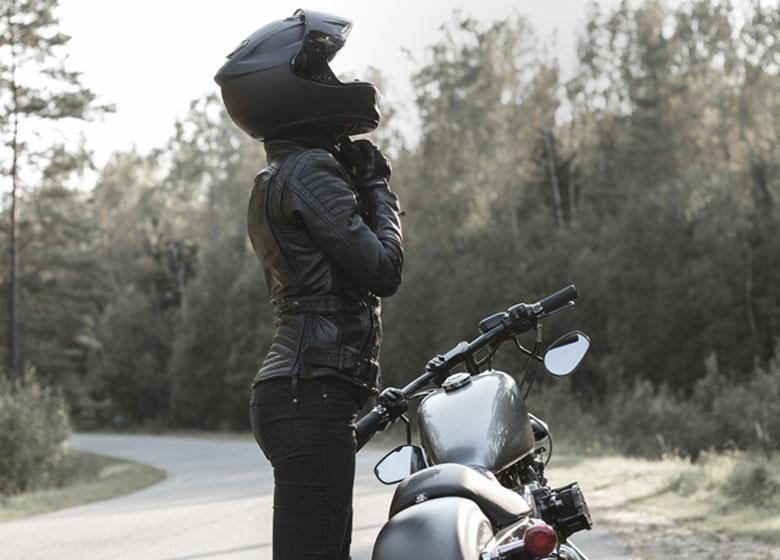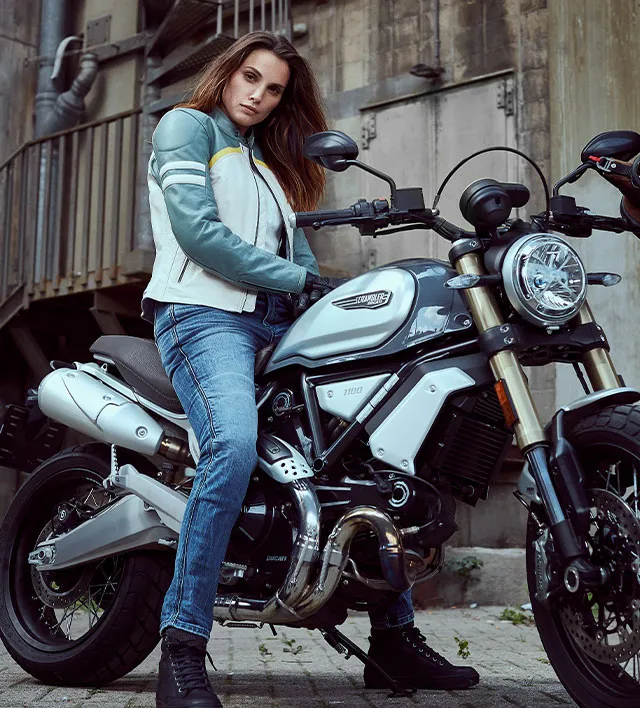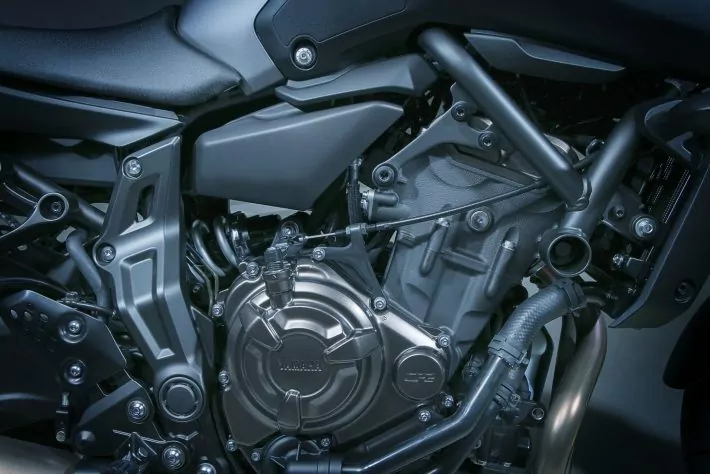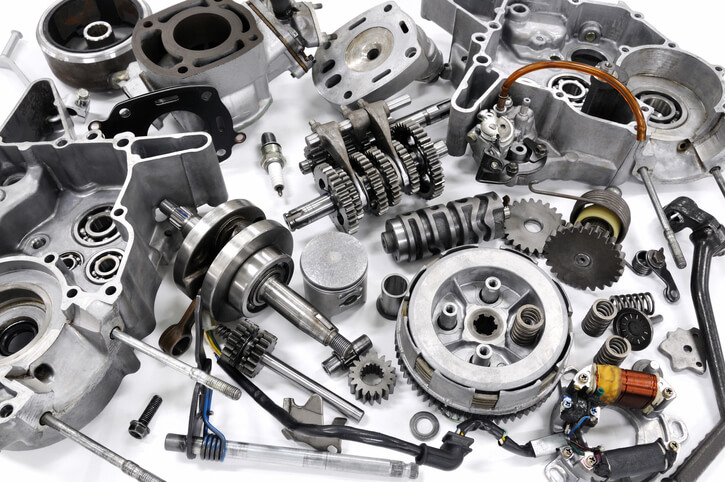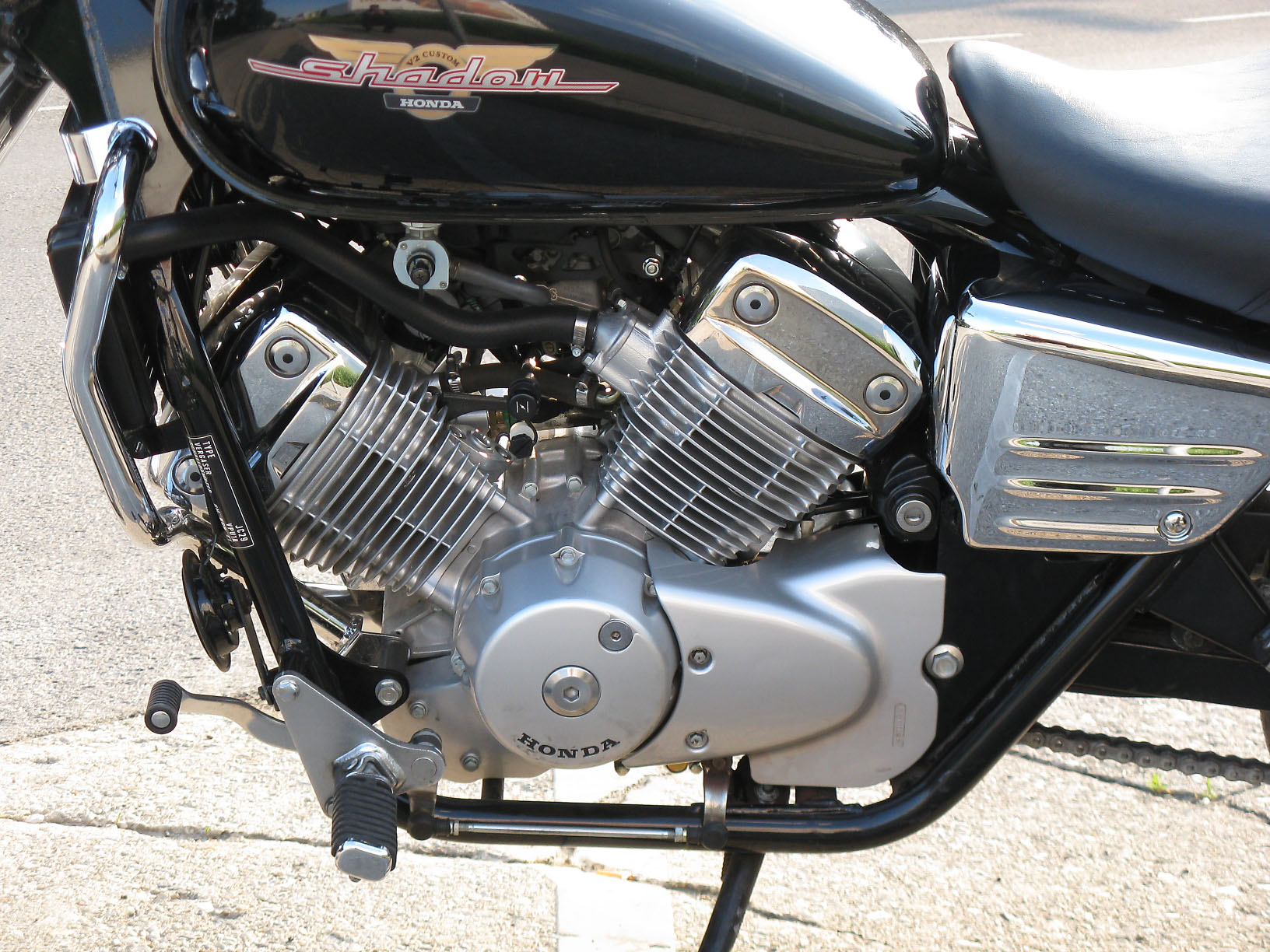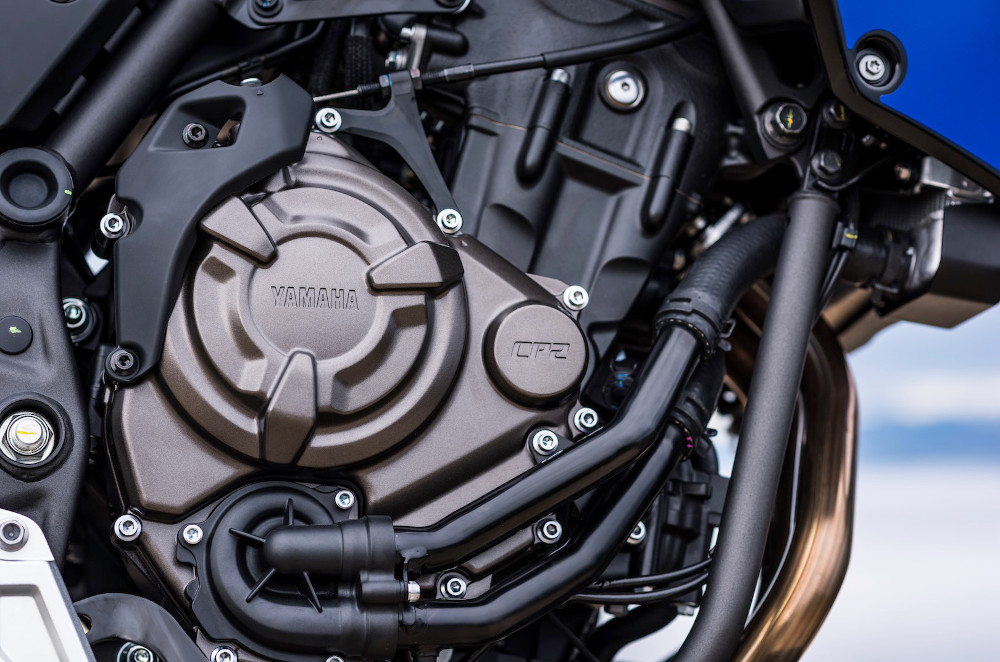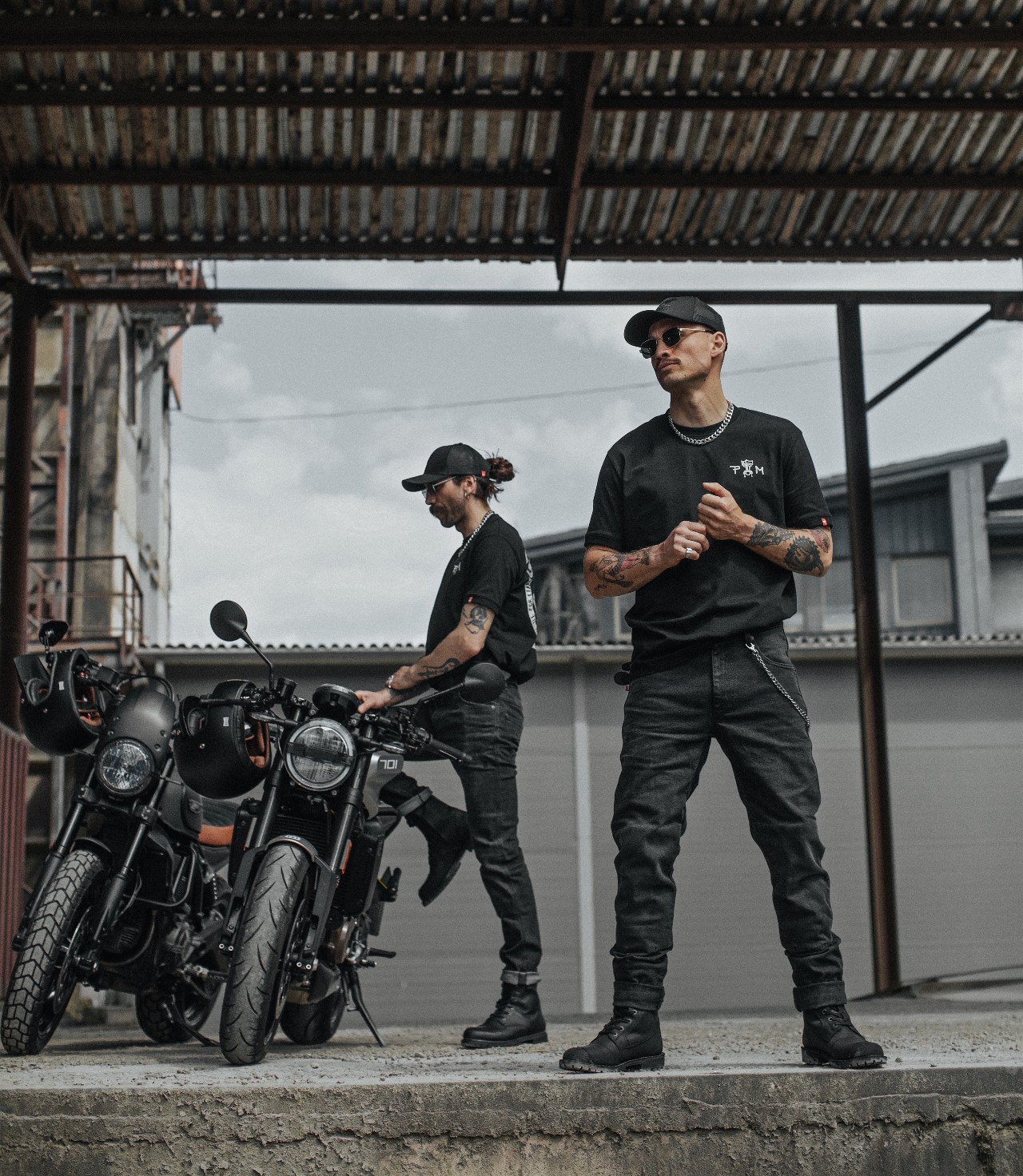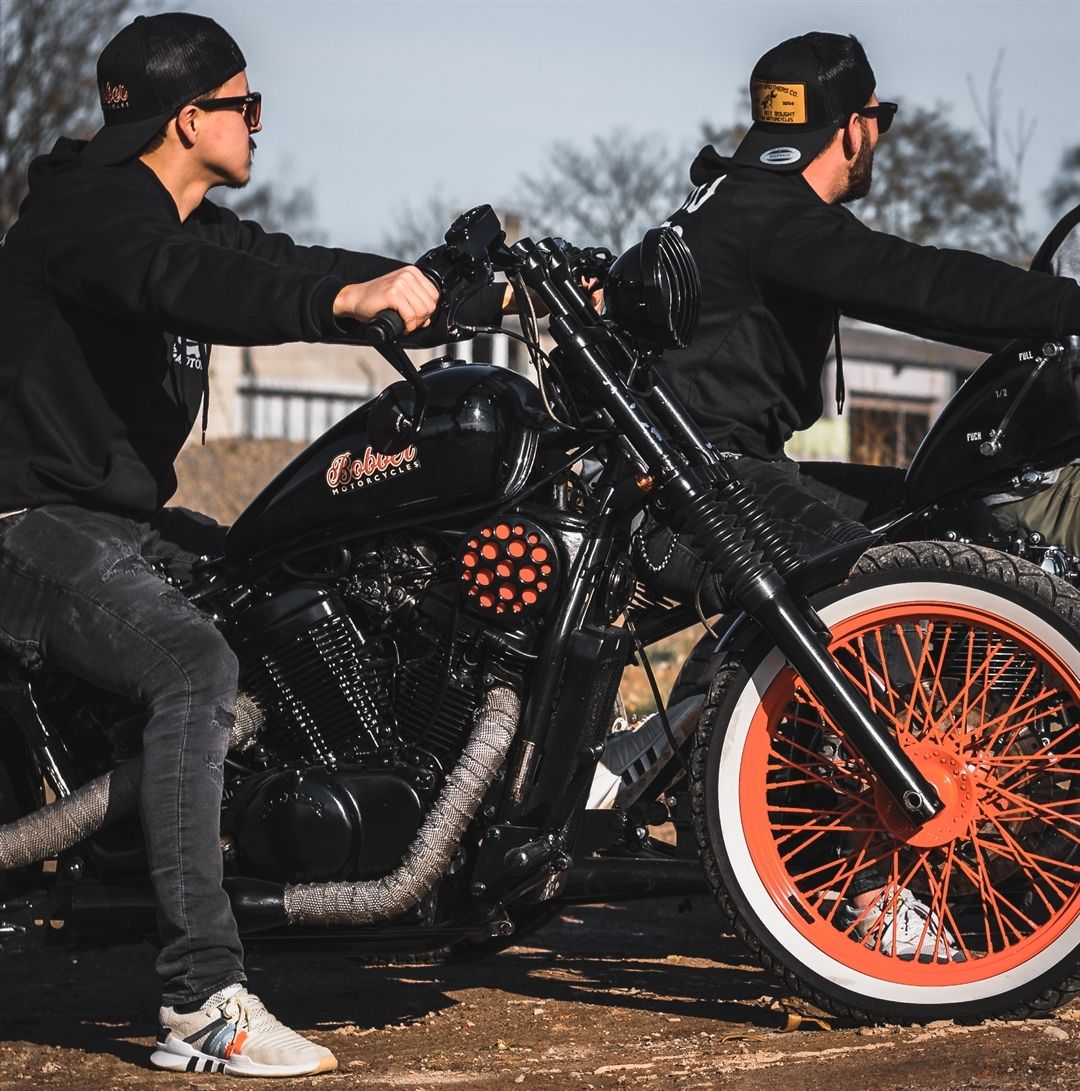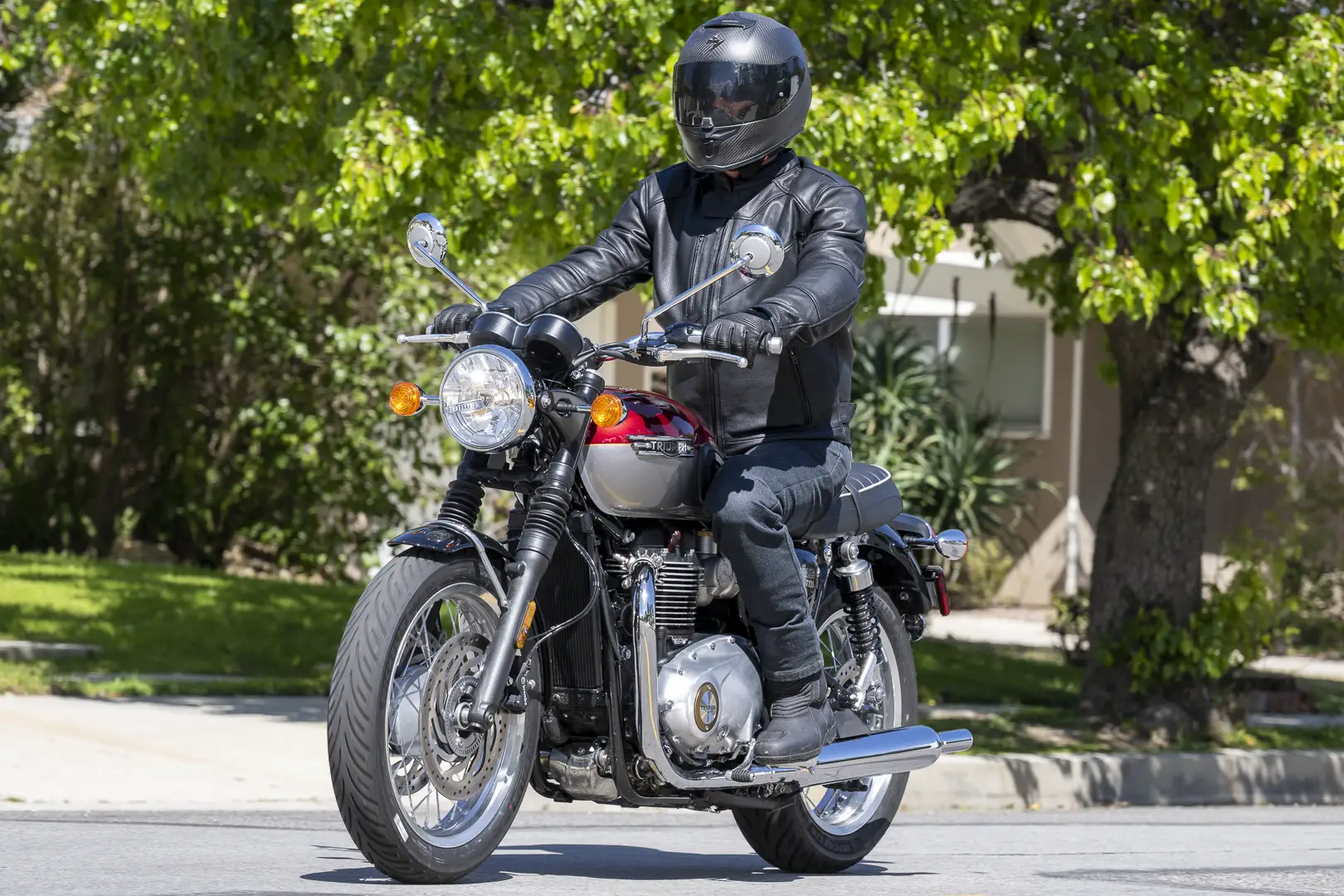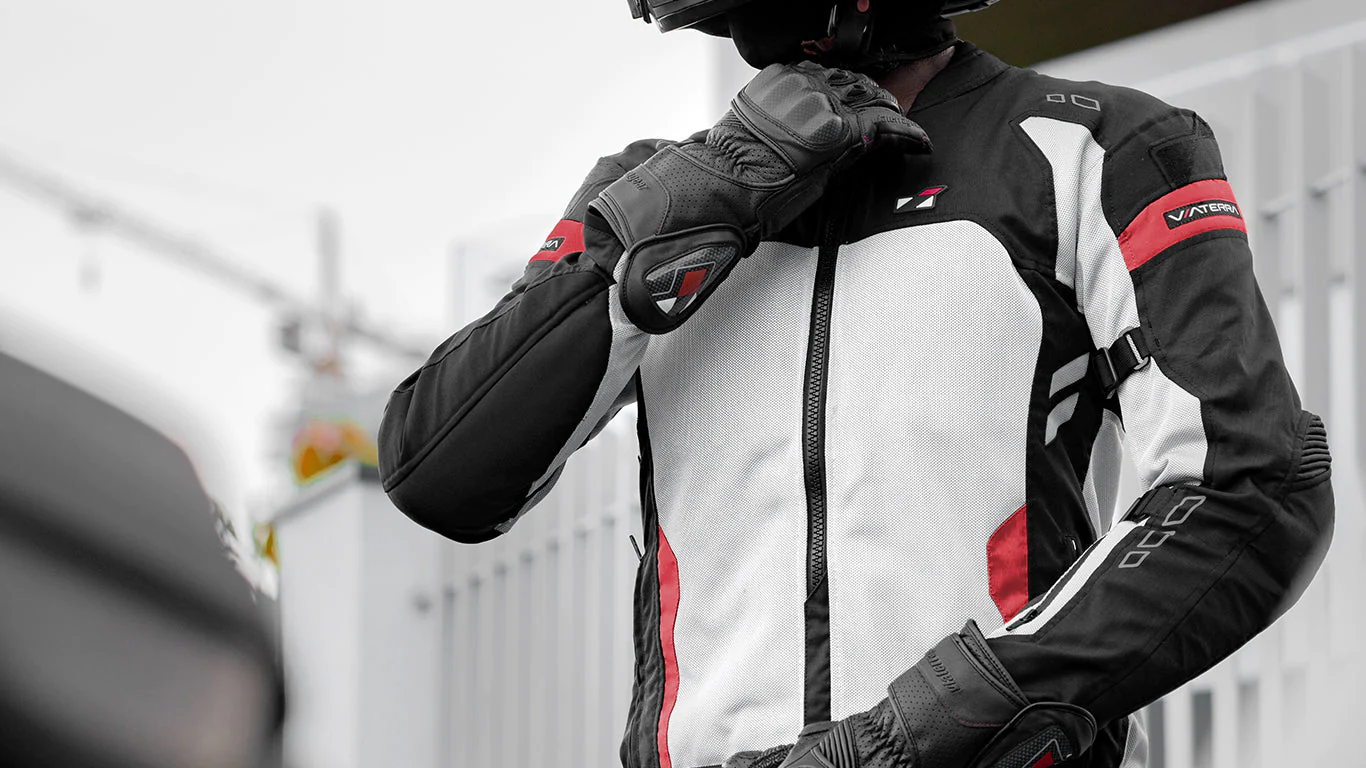Jul 4, 2025
Diesel Motorcycle: Maintenance Tips for Long-lasting Performance
Diesel motorcycles have emerged as a unique choice for riders who seek excellence in fuel efficiency and durability. Unlike traditional gasoline motorcycles, diesel bikes provide impressive torque and longevity, making them appealing for long-distance travel and rugged terrain. However, just like any other vehicle, diesel motorcycles require regular maintenance to ensure they function at their best. Proper upkeep not only extends the life of the motorcycle but also maximizes its performance for a wide range of riding conditions. This article delves into essential maintenance tips that every diesel motorcycle owner should follow to achieve long-lasting performance.
Understanding Diesel Motorcycles
The Advantages of Diesel Engines
Diesel engines have several advantages over their gasoline counterparts, which make them particularly appealing for motorcycle enthusiasts. One of the most significant benefits is fuel efficiency. Diesel fuel has a higher energy density compared to gasoline, providing more power per gallon. This means that riders can travel longer distances on a single tank, making diesel motorcycles ideal for long journeys and touring.
Additionally, diesel engines are known for their remarkable torque. The high torque output allows for better acceleration at lower RPMs, giving riders greater control when tackling steep hills or navigating challenging terrain. Many riders appreciate this level of performance, especially during off-road adventures or when carrying extra weight.
Moreover, diesel engines tend to have a longer lifespan. They are built to endure higher levels of stress and heat, which can lead to fewer repairs and maintenance needs over time. This reliability is crucial for riders who rely on their motorcycles for daily commuting or extended travel.
Unique Features of Diesel Motorcycles
Diesel motorcycles often come equipped with features that enhance their performance and usability. These bikes typically have larger fuel tanks to accommodate the benefits of diesel fuel, allowing for longer rides between stops. Many diesel motorcycles are designed with robust construction, including reinforced frames and components that can withstand the rigors of demanding riding conditions.
In terms of design, diesel motorcycles may incorporate specialized exhaust systems tailored for diesel emissions. This can enhance overall engine efficiency and performance. The unique characteristics of diesel motorcycles not only set them apart from gasoline bikes but also cater to riders looking for adventurous and powerful machines.

Routine Maintenance Practices
1. Engine Oil Changes
Regular engine oil changes are critical for the health and longevity of your diesel motorcycle. Oil is essential for lubricating the engine’s internal components, reducing friction, and preventing wear. Over time, oil can degrade and become contaminated with dirt and debris. Therefore, changing the oil regularly helps maintain optimum engine performance.
Most diesel engine manuals will recommend oil change intervals between 3,000 and 5,000 miles, depending on driving conditions and the specific model. Additionally, replacing the oil filter during an oil change is equally important. A clean filter ensures that fresh oil remains uncontaminated. Using high-quality diesel engine oil tailored for your bike is also essential for optimal performance.
2. Fuel System Maintenance
Maintaining the fuel system is another essential aspect of diesel motorcycle upkeep. Diesel engines require high-quality fuel to operate efficiently. Contaminated or low-grade fuel can lead to clogged filters and fuel injectors, ultimately affecting overall performance.
To keep the fuel system in good condition, change the fuel filters regularly as per the manufacturer’s recommendations. If you live in an area with questionable fuel quality, consider using a fuel additive designed for diesel engines. This can help clean injectors and improve engine efficiency. Taking care of the fuel system will ensure that your motorcycle runs smoothly and efficiently over the long haul.
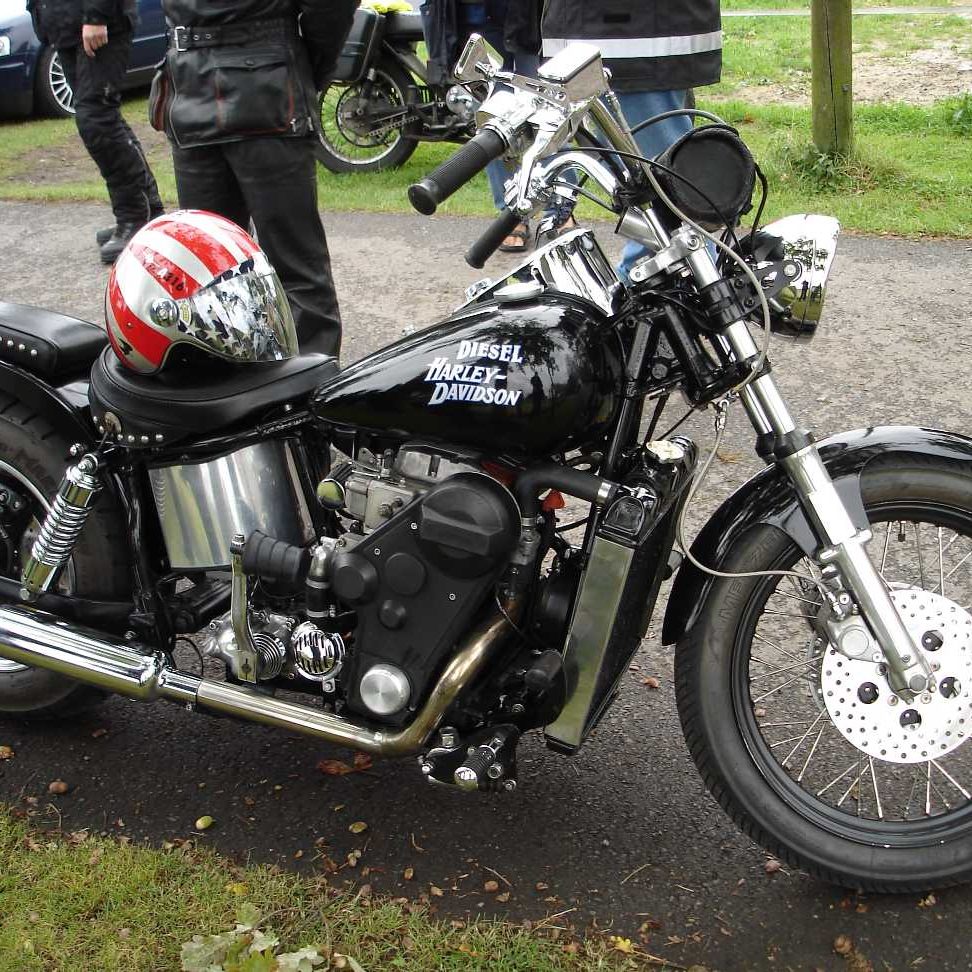
Keeping the Air Filter Clean
3. Importance of the Air Filter
The air filter is a critical component of your diesel motorcycle’s performance. It prevents dust, dirt, and other debris from entering the engine, ensuring that the engine runs smoothly. A clean air filter contributes to better fuel efficiency and reduces wear on engine components, making it vital for optimal performance.
Regular inspections of the air filter should be part of your maintenance routine. Most air filters can be cleaned and reused, depending on the design. If the air filter is disposable, it should be replaced according to the manufacturer’s guidelines. A clean air filter helps your engine breathe better and can enhance acceleration and overall performance.
4. Checking for Leaks
During air filter inspections, it’s also an opportune time to check for any potential fluid leaks. Look closely at all hoses, fuel lines, and gaskets for any signs of leaks. Addressing these leaks immediately is crucial, as even minor leaks can lead to significant issues down the line.
Regular inspection for leaks helps catch problems early, preventing expensive repairs later. Not only does this ensure reliable performance, but it also enhances safety. Diesel motorcycles, like any vehicles, can face hazardous situations if there are hidden leaks or damaged components.
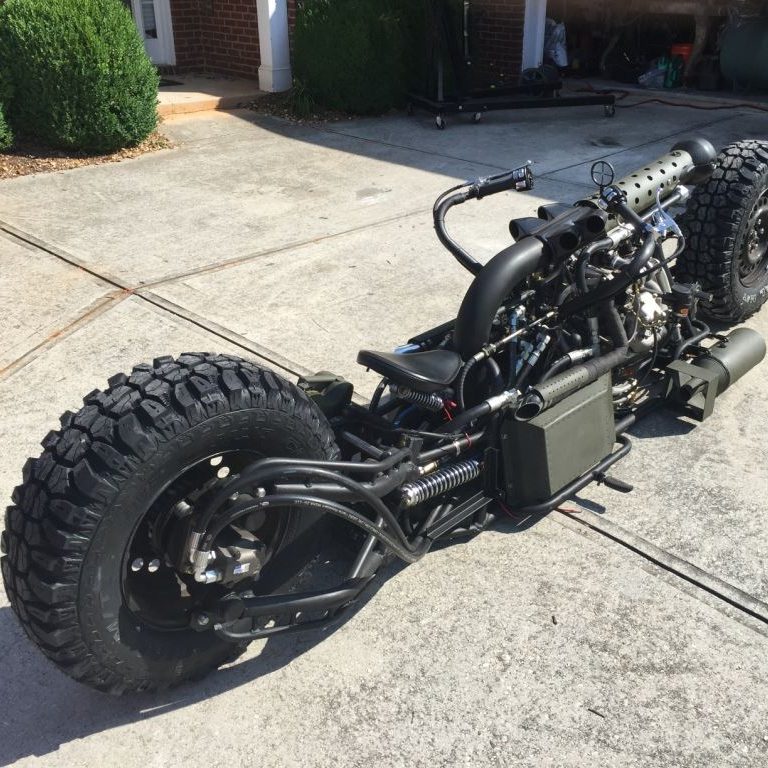
Tire and Brake Maintenance
5. Tire Pressure and Condition
Proper tire maintenance is vital for safety and performance. Regularly check your tire pressure and ensure that they are appropriately inflated according to the manufacturer’s recommendations. Diesel motorcycles can be heavier than other bikes, so maintaining proper tire pressure is crucial for good handling and stability.
Inspect tires for signs of wear, such as cracks, bald spots, or uneven tread patterns. If you notice any of these issues, replace the tires promptly to ensure your motorcycle operates safely. Additionally, pay attention to the tire tread, as sufficient tread depth is essential for traction, particularly in wet or off-road conditions. Good tire maintenance not only enhances your riding experience but also significantly contributes to rider safety.
6. Brake Inspection
A reliable braking system is crucial for safe riding. Regularly inspect brake pads and replace them as necessary, paying attention to the thickness of the material. Additionally, check brake fluid levels and inspect for any leaks in the brake system. Any sign of wear or damage should be addressed immediately.
Testing your brakes frequently will help you catch any potential issues before they lead to dangerous situations. Ensuring that your brakes are functioning properly is essential, especially if you navigate through traffic or on tricky terrain. Prioritizing brake maintenance enhances overall rider safety and contributes to a smooth riding experience.
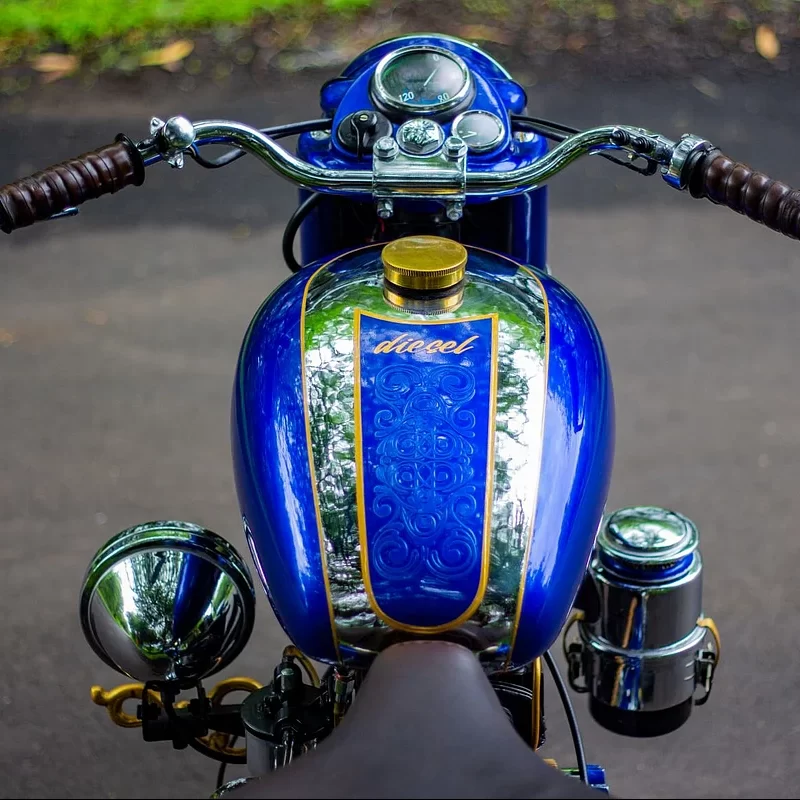
Seasonal Preparations
7. Winterizing Your Diesel Motorcycle
As winter approaches, taking steps to prepare your diesel motorcycle for the colder months is critical. Proper winterization can protect your bike from harsh weather conditions, ensuring that it will be ready to ride when spring comes. Begin by thoroughly cleaning the motorcycle to remove dirt, grime, and any road salt that may have accumulated.
Changing the oil and replacing the fuel with a stabilizer is advised if you know the bike will be inactive for an extended period. Fresh oil eliminates impurities and helps prevent engine damage. Additionally, consider battery maintenance; using a trickle charger can keep it alive and ready for the next riding season.
8. Cleaning and Preservation
Applying a protective wax or polish on the exterior of your motorcycle before winter storage can help shield the paint from damage caused by snow, salt, and moisture. After cleaning the exterior, ensure the tires are properly inflated to prevent flat spots and consider placing your motorcycle on a stand if it will sit for an extended period.
Regular cleaning and maintenance can keep your motorcycle looking good and functioning well. Additionally, these practices help preserve the motorcycle’s overall quality, allowing for smooth starts and rides as soon as the weather warms up again. Taking these precautions can contribute significantly to the longevity and performance of your diesel motorcycle.
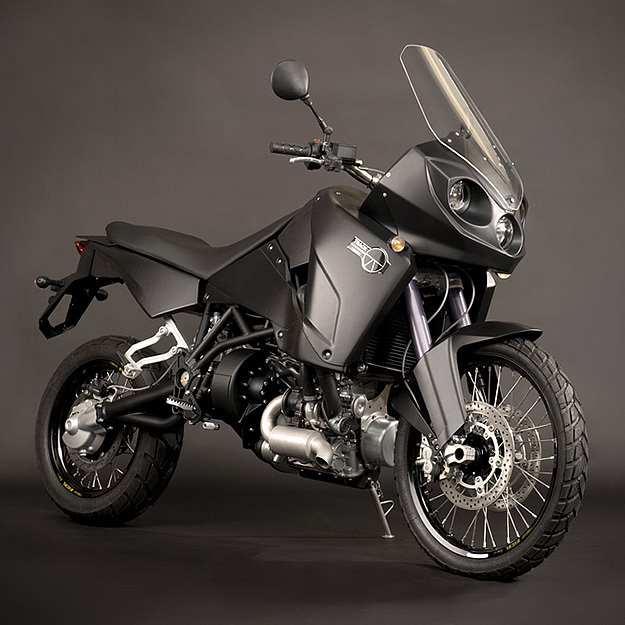
Conclusion: Maintain Your Diesel Motorcycle for Longevity
In conclusion, proper maintenance is crucial for the longevity and performance of your diesel motorcycle. Understanding the specifics of diesel engine care can enhance your riding experience. From regular oil changes to attentive inspections of the tire and brake systems, each aspect plays a significant role in ensuring your motorcycle operates smoothly.
By following the tips outlined in this article, you can ensure that your diesel motorcycle remains reliable and performs at its best for years to come. Taking the time to inspect, clean, and prepare your motorcycle for every season allows it to serve you well for countless rides. Embrace the joy of riding knowing that you have invested in your machine’s care, allowing you to explore the open road with confidence.
Riding a diesel motorcycle is an exhilarating experience that brings a unique joy. Understanding how to properly maintain your motorcycle means you can fully enjoy the journey ahead. With the right care, your diesel motorcycle will continue to provide impressive performance and unforgettable adventures, giving you confidence in your riding experience for many miles to come! Happy riding!
More Details